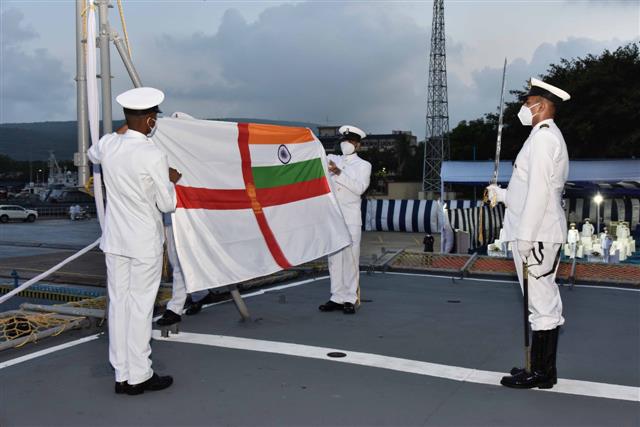
Spike is an Israeli fire-and-forget anti-tank guided missile and anti-personnel missile as per a report
India has deployed the Spike missile in Ladakh amid the ongoing tension with China for the last two years. Spike is an anti-tank guided missile that can destroy any tank or armoured vehicle in the blink of an eye. This missile is so dangerous that it has to be fired just by aiming, chasing the target, it does the rest of the work itself. For this reason Spike is also called Fire and Forget missile. Its second biggest feature is also being fired from a variety of launch platforms. The Spike can also be fired from shoulder-mounted launchers, helicopters and tripods. Not only this, it can also be fitted on army tanks. This missile has recently been seen on the shoulder of a soldier during a military exercise in Ladakh. The world has seen the power of anti-tank missiles recently in the Russo-Ukraine war, where the Javelin missiles received from America created a ruckus. Spike is considered a more dangerous anti-tank missile than the Javelin.
Spike ATGM Fire And Forget Missile
Spike is an Israeli fire-and-forget anti-tank guided missile and anti-personnel missile. It is fitted with a tandem-charged High Explosive Anti-Tank Warhead (HEAT). It has been developed and designed by the Israeli company Rafael Advanced Defence Systems. It is available in man-portable, vehicle-launched and helicopter-launched variants. Its launchers once lock the target through fire and forget technology. Some variants attack their target from above, which is considered the weakest area of any tank. The tanks have reactive armour plates all around, which burst during the missile attack, reducing its impact. In such a situation, by attacking from above, the Spike missile causes tremendous damage to the tank. Not only this, there is also a variant of this, which after firing its target can also be changed. The missile is equipped with an imaging infrared seeker.
Spike NLOS Most Advanced Missile
According to Rafale Advanced Defence Systems, the Israeli company that made the Spike missile, 29 countries around the world have purchased different variants of this system. The Indian Air Force is procuring Spike NLOS variants of these. Spike NLOS is the most advanced variant of the Spike family. In this, NLOS stands for ‘Non Line of Sight’, indicating its long range capability. The Spike NLOS range is about 32 km, which is almost four times that of the US AGM-114 Hellfire, which is deployed on an Apache attack helicopter. There is also news that India may make Spike NLOS indigenously under a Technology Transfer agreement.
India Preparing For Spike’s Technology Transfer
The Spike NLOS Anti-Tank Guided Missile is currently ordered in limited numbers. Later this missile can be produced on a large scale under Make in India. The air-firing Spike can automatically target enemy ground targets, their tank regiments and armoured vehicles, eliminating NLOS jamming and other standoffs. Due to this, the advance speed of enemy tanks can also be slowed down to a great extent.
Why Did India Choose Spike Over Javelin?
India has long wanted to procure air launched anti-tank missiles. In 2011, India had two options. The first of these was the US-made FGM-148 Javelin missile and the second was the Spike NLOS. Spike was chosen by India because Israel was ready for technology transfer and domestic manufacturing of missiles, which fuels the Modi government’s ‘Make in India’ initiative. Instead of outright purchase of these missiles, India negotiated with Israel for technology transfer so that the missiles could be produced in India. The Israeli company has set up a joint venture in India with Kalyani named Kalyani Rafale Advanced Systems (KRAS). In such a situation, this missile can be easily manufactured in India.








































































